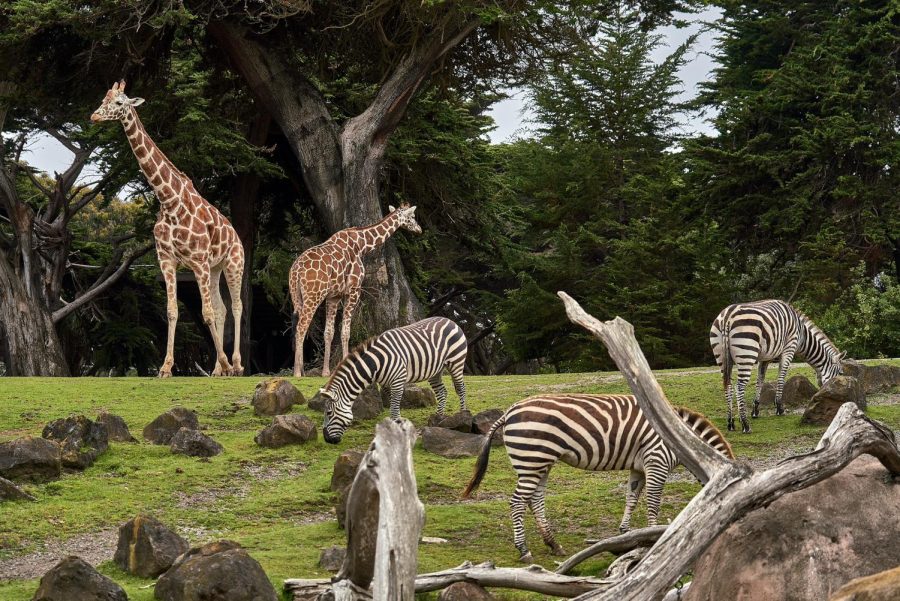Two things come to mind when thinking of the word zoo— San Diego and “Tiger King.”
Most modern zoos are ethically run but some aren’t, and the life expectancy of species can be heavily affected by captivity.
While zoos attempt to persuade the public that their conservation efforts are good, many animal rights activists as well as the general public, disagree and boycott these conservations and exotic animal parks.
Modern zoos gained popularity in the 18th and 19th centuries but can be traced back to ancient times. Scientists wanted to gain a better understanding of animal behavior and anatomy. In order to do so, they had to recreate the animals’ natural habitats to keep them in one place.
Many exotic animal parks are operated by untrained owners who are not properly equipped to take care of these creatures. The World Wildlife Foundation said this can lead to exploitation and poor welfare of the animals as well as public health and safety risks.
Some would argue that zoos offer the public an opportunity to get up close with species they normally wouldn’t. Some parks offer experiences feeding the animals. This can allow zoo goers to gain empathy for these species and feel as if they can create a bond by being this close to them.
While some are native to the U.S. most animals in these parks are far from their natural habitat. In the wild, those of the same species may roam more land than those in enclosures. When polar bears come to mind one doesn’t necessarily picture Southern California as an ideal habitat.
Some species, however, have a longer lifespan in captivity. In one study, researchers led by the University of Lyon and the University of Zurich, analyzed 50 mammals and discovered 80% had higher longevity- species included zebras, lions, and African buffalos. Animal behavior researcher Kristen Jule said animals raised in captivity typically do not survive once released back into the wild. This is due to disadvantages such as lack of hunting skills.
The African Wildlife Foundation said elephants, however, have a longer lifespan in the wild. This highly intelligent species ranges far and wide and captivity can tend to have psychological effects. Evidence includes repetitive behaviors and aggressiveness. Other species in zoos are also seen pacing back and forth, bobbing up and down, as well as other repetitive motions—behaviors not seen in the wild.
Many zoos have increased marketing efforts in order to be recognized as conservation institutes instead of public entertainment and revenue. Public boycotts and animal rights’ activists backlash have encouraged zoos to prove they do more good than harm.
San Diego is home to its very own world famous zoo. It is the most visited in the world averaging 4 million visitors per year. Some patrons have cited it as one of, if not the best in the world. Previously known as San Diego Zoo Global, they now recognize themselves as the San Diego Zoo Wildlife Alliance. The SDZWA houses more than 12,000 endangered animals and cares for over 700,000 individual plants.
The SDZWA’s mission statement claims they are, “committed to saving species worldwide by uniting our expertise in animal care and conservation science with our dedication to inspiring passion for nature.” Their website also says the name change is an evolution into an alliance that will amplify their impact through several different efforts in order to make them the most effective wildlife conservation organization in the world. It also should be noted that the SDZWA has helped reintroduce 44 endangered species born at the zoo back into the wild.
There are a number of zoos and wildlife organizations whose efforts have prevented extinction and protected endangered species. But even if it is possible for animals to be relatively well cared for and not abused, one can’t assume they are always happy in captivity.




